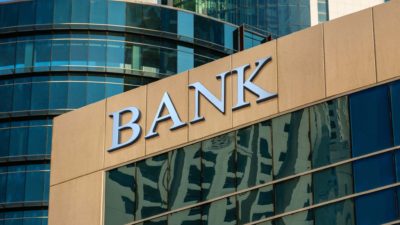Is Commonwealth Bank of Australia (ASX: CBA) a buy for income with its 7.5% grossed-up dividend yield?
The issue for many people in retirement is that risk-free returns have been decimated. Term deposits could easily return more than 5% earlier this decade and now they pay less than 2%. If you had $1 million in cash you would be lucky to make $20,000 a year from it. How depressing is that?
There seems to be only two options to me. Either eat into the capital or invest in 'risk' assets.
People seem comfortable thinking about investing in large banks like CBA, Westpac Banking Corp (ASX: WBC) and National Australia Bank Ltd (ASX: NAB) because they are known for their dividend yields and are some of the largest businesses in Australia, meaning they should be reliable.
But of course, NAB and Westpac were not reliable in FY19. Even after excluding significant items, Westpac's cash earnings fell 4% and the dividend was cut by 15%, NAB's dividend was reduced by 16%. Australia and New Zealand Banking Group's (ASX: ANZ) franking credit level was reduced in FY19.
CBA maintained its annual dividend at $4.31 per share in FY19 and in the September 2019 quarter it grew its continuing underlying cash profit by 5%. I think that's a solid growth rate for the current economic situation in Australia with very low credit growth.
However, with Australia's booming house prices there could be a return to decent credit growth – that's all CBA needs to remain a solid dividend share, as long as there isn't an Australian recession.
Foolish takeaway
Of all of the domestic ASX banks, I think CBA could be the best choice for dividends and total returns. Higher profits should translate to higher share prices over time. But, it definitely isn't my preferred choice for dividends out of all ASX shares.







